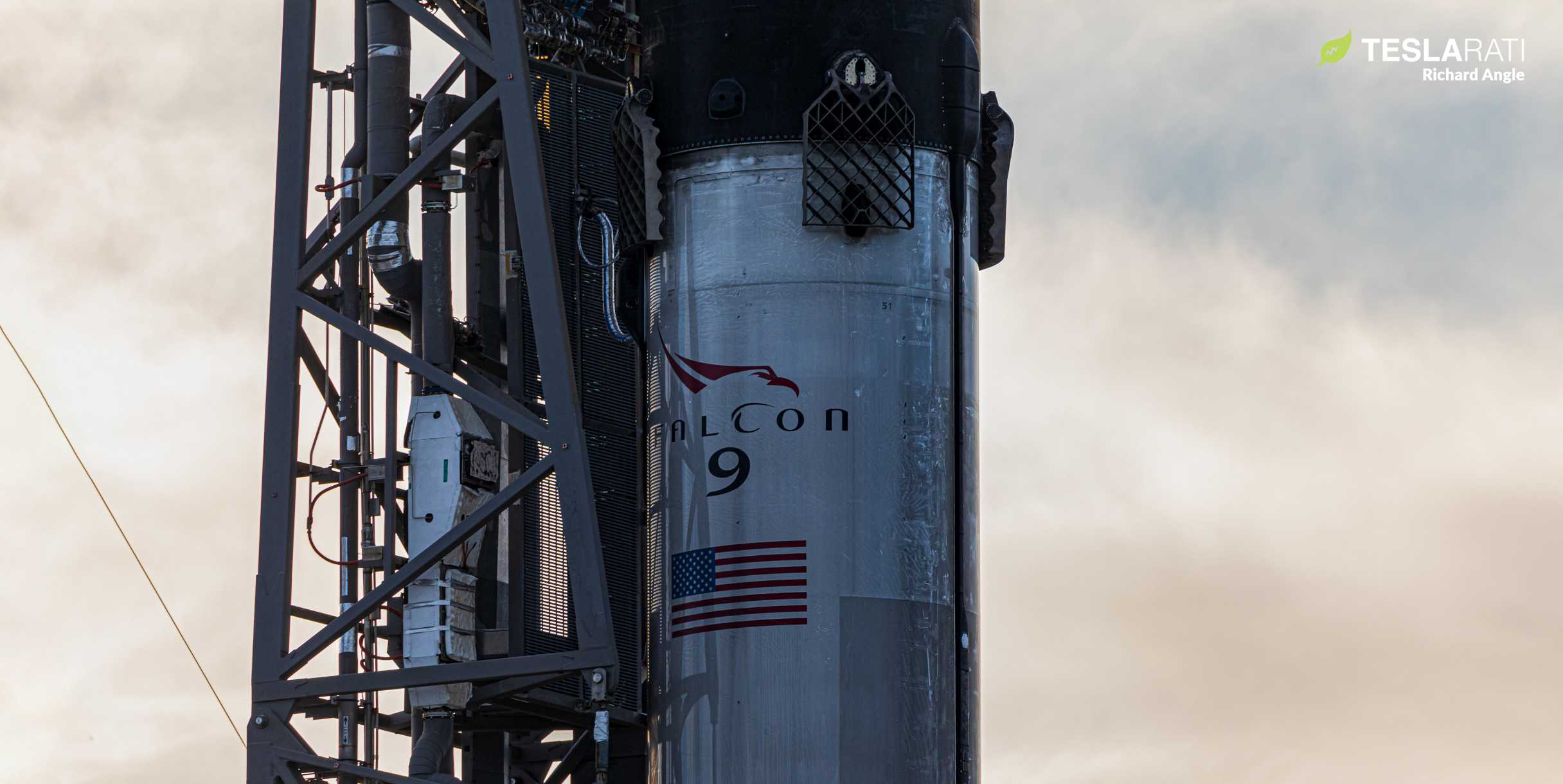
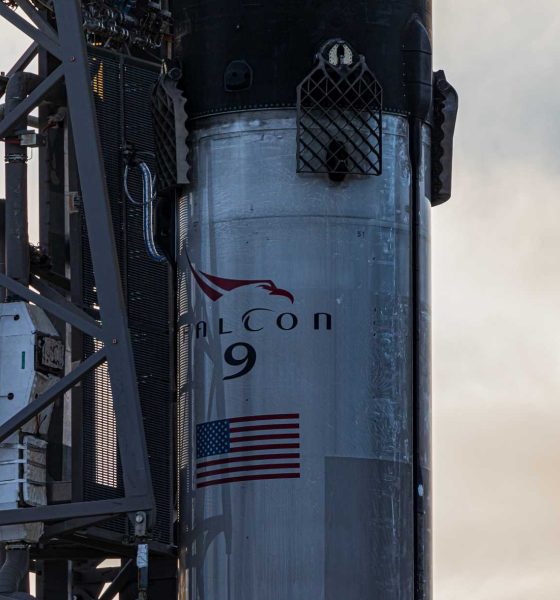
News
SpaceX gets first taste of coronavirus epidemic's consequences
SpaceX’s next scheduled rocket launch has been indefinitely delayed after Argentina – responsible for the SAOCOM 1B satellite payload – put strict travel restrictions in place, the first sign of the coronavirus epidemic’s consequences for the company.
Previously expected to launch as early as March 30th, the ~3000-kg (6600 lb) SAOCOM 1B radar satellite departed its Bariloche production facilities and arrived at Cape Canaveral around February 23rd, around the same time pandemic impacts began to be felt outside of China. Now likely sitting in a SpaceX payload processing facility at Cape Canaveral Air Force Station (CCAFS), it appears that SAOCOM 1B will have to wait for the foreseeable future before teams from Argentina and other countries are able to access the spacecraft and prepare it for launch.
While the delay is unfortunate, it hardly comes as a surprise at the same time dozens of countries around the world are considering – or already enacting – extreme countermeasures to mitigate the damage that will be caused by the COVID-19 pandemic. Thankfully, once Argentinian space agency (CONAE) employees are able to prepare SAOCOM 1B for flight, the mission is still set to make history, marking the first time a rocket launches on a polar trajectory from the United States’ East Coast in more than a half-century. In the meantime, SpaceX – while not deriving any income – also has ways of potentially taking advantage of a bad situation and exploiting unexpected downtime as a result of customer delays.
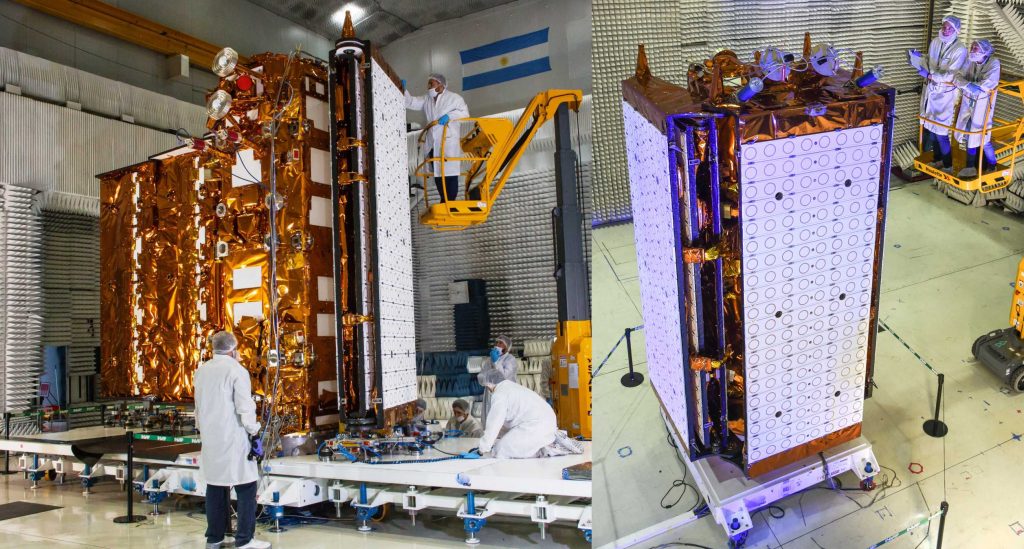
In October 2018, SpaceX successfully launched SAOCOM 1B’s predecessor – SAOCOM 1A – from its Vandenberg Air Force Base (VAFB) facilities, using a West Coast landing pad (LZ-4) for the first time ever. The spacecraft has successfully operated in space ever since, serving scientists, farmers, and more with high-quality satellite radar and Earth observation data.
Planned as a two-satellite constellation, CONAE spent another 15 or so months manufacturing and assembling the sister spacecraft, reaching the integration completion milestone in December 2019. After completing a few additional mechanical and electrical tests to verify the satellite’s health in January and February 2020, SAOCOM 1B was loaded aboard a Russian Antonov cargo plane and flown directly to Florida’s Kennedy Space Center (KSC), landing at the same runway NASA’s Space Shuttle once used.
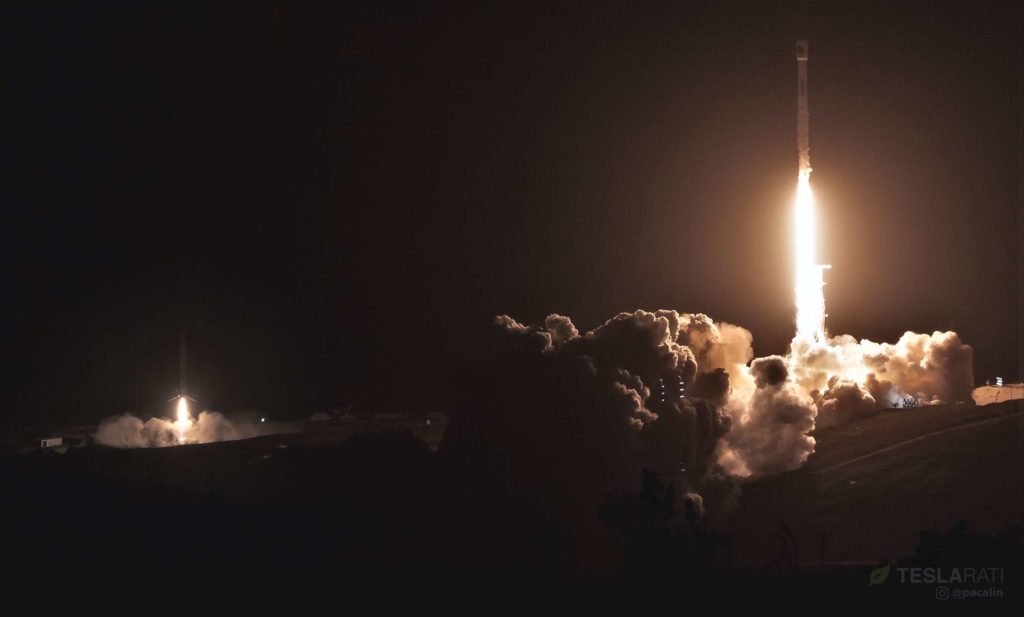
Shortly after the growing global pandemic began to bare its teeth, the Argentinian government made the decision to almost completely ban international travel for the time being, while citizens now face heightened restrictions in a bid to legally enforce social distancing precautions. A scientific satellite launch has unsurprisingly not won exemption rights, meaning that it’s now all but impossible for the Argentinian space agency to send people and supplies back and forth from Florida – a necessity for something as complex as a satellite launch campaign.
As such, SpaceX’s SAOCOM 1B launch will be delayed until Argentina is able to loosen domestic and international travel restrictions – the timeline for which is anyone’s guess.
Bittersweet lemonade
Prior to the commercial mission’s indefinite delay, SpaceX’s seventh dedicated Starlink and sixth v1.0 satellite launch – Starlink L7 or Starlink V1 L6 – was expected no earlier than (NET) April 2020, sometime shortly after SAOCOM 1B’s NET March 30th launch. However, CEO Elon Musk and a second executive recently revealed that SpaceX is building Starlink satellites faster than it can launch them – churning out as many as six spacecraft in a single day.
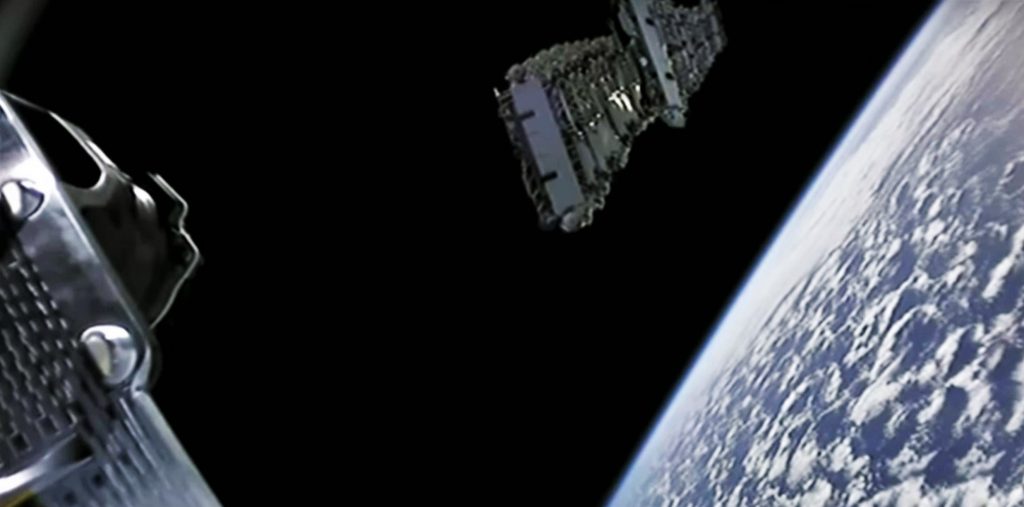
Previously proposed on Teslarati, SpaceX may thus have a substantial backlog – ranging from one to several launches worth – of satellites that are ready for flight and either waiting for transport or already in Florida. In 2020, SpaceX has completed four 60-satellite Starlink launches in ~11 weeks, averaging a bit less than three weeks per mission. Even if SpaceX’s Starlink factory only averages 4-5 satellites per day each month, that would mean that the company is still building at least 20-40 extra satellites for each batch of 60 it launches.
In other words, if a separate Falcon 9 booster, upper stage, and payload fairing are already prepared for launch or SAOCOM 1B customer CONAE is willing to let SpaceX use its rocket (much less likely), the company could feasibly replace the mission on its manifest with an internal Starlink launch. This would reduce the amount of time the company’s workforce is listless as a result of the pandemic – a move that wouldn’t save money, per se, but would more efficiently distribute resources that will otherwise be wasted. For now, though, we – and the rest of the world – will have to wait and see.

Elon Musk
Tesla CEO Elon Musk sends rivals dire warning about Full Self-Driving
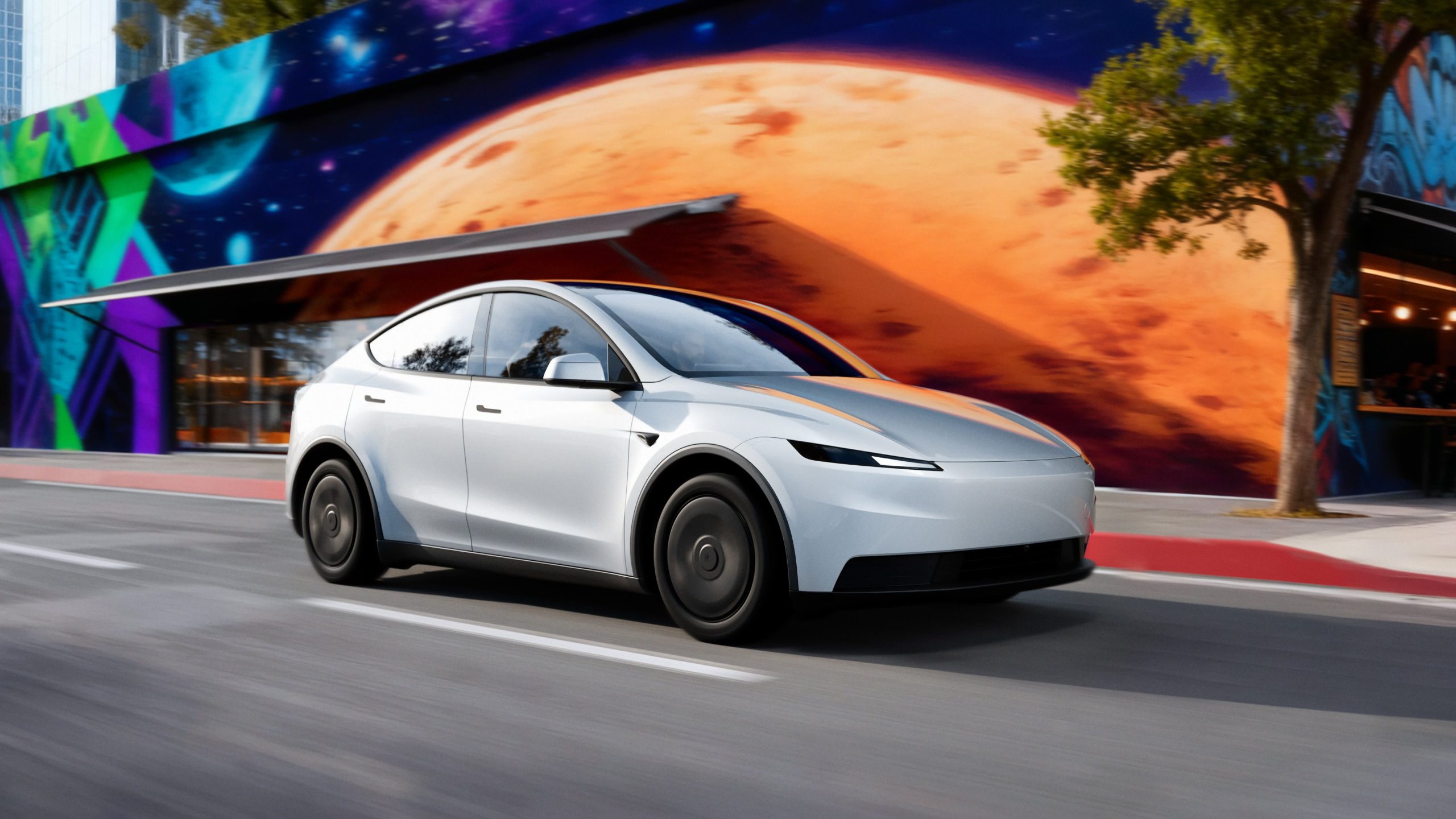
Tesla CEO Elon Musk revealed today on the social media platform X that legacy automakers, such as Ford, General Motors, and Stellantis, do not want to license the company’s Full Self-Driving suite, at least not without a long list of their own terms.
“I’ve tried to warn them and even offered to license Tesla FSD, but they don’t want it! Crazy,” Musk said on X. “When legacy auto does occasionally reach out, they tepidly discuss implementing FSD for a tiny program in 5 years with unworkable requirements for Tesla, so pointless.”
I’ve tried to warn them and even offered to license Tesla FSD, but they don’t want it! Crazy …
When legacy auto does occasionally reach out, they tepidly discuss implementing FSD for a tiny program in 5 years with unworkable requirements for Tesla, so pointless. 🤷♂️
🦕 🦕
— Elon Musk (@elonmusk) November 24, 2025
Musk made the remark in response to a note we wrote about earlier today from Melius Research, in which analyst Rob Wertheimer said, “Our point is not that Tesla is at risk, it’s that everybody else is,” in terms of autonomy and self-driving development.
Wertheimer believes there are hundreds of billions of dollars in value headed toward Tesla’s way because of its prowess with FSD.
A few years ago, Musk first remarked that Tesla was in early talks with one legacy automaker regarding licensing Full Self-Driving for its vehicles. Tesla never confirmed which company it was, but given Musk’s ongoing talks with Ford CEO Jim Farley at the time, it seemed the Detroit-based automaker was the likely suspect.
Tesla’s Elon Musk reiterates FSD licensing offer for other automakers
Ford has been perhaps the most aggressive legacy automaker in terms of its EV efforts, but it recently scaled back its electric offensive due to profitability issues and weak demand. It simply was not making enough vehicles, nor selling the volume needed to turn a profit.
Musk truly believes that many of the companies that turn their backs on FSD now will suffer in the future, especially considering the increased chance it could be a parallel to what has happened with EV efforts for many of these companies.
Unfortunately, they got started too late and are now playing catch-up with Tesla, XPeng, BYD, and the other dominating forces in EVs across the globe.
News
Tesla backtracks on strange Nav feature after numerous complaints

Tesla is backtracking on a strange adjustment it made to its in-car Navigation feature after numerous complaints from owners convinced the company to make a change.
Tesla’s in-car Navigation is catered to its vehicles, as it routes Supercharging stops and preps your vehicle for charging with preconditioning. It is also very intuitive, and features other things like weather radar and a detailed map outlining points of interest.
However, a recent change to the Navigation by Tesla did not go unnoticed, and owners were really upset about it.
For trips that required multiple Supercharger stops, Tesla decided to implement a naming change, which did not show the city or state of each charging stop. Instead, it just showed the business where the Supercharger was located, giving many owners an unwelcome surprise.
However, Tesla’s Director of Supercharging, Max de Zegher, admitted the update was a “big mistake on our end,” and made a change that rolled out within 24 hours:
The naming change should have happened at once, instead of in 2 sequential steps. That was a big miss on our end. We do listen to the community and we do course-correct fast. The accelerated fix rolled out last night. The Tesla App is updated and most in-car touchscreens should…
— Max (@MdeZegher) November 20, 2025
The lack of a name for the city where a Supercharging stop would be made caused some confusion for owners in the short term. Some drivers argued that it was more difficult to make stops at some familiar locations that were special to them. Others were not too keen on not knowing where they were going to be along their trip.
Tesla was quick to scramble to resolve this issue, and it did a great job of rolling it out in an expedited manner, as de Zegher said that most in-car touch screens would notice the fix within one day of the change being rolled out.
Additionally, there will be even more improvements in December, as Tesla plans to show the common name/amenity below the site name as well, which will give people a better idea of what to expect when they arrive at a Supercharger.
News
Dutch regulator RDW confirms Tesla FSD February 2026 target
The regulator emphasized that safety, not public pressure, will decide whether FSD receives authorization for use in Europe.
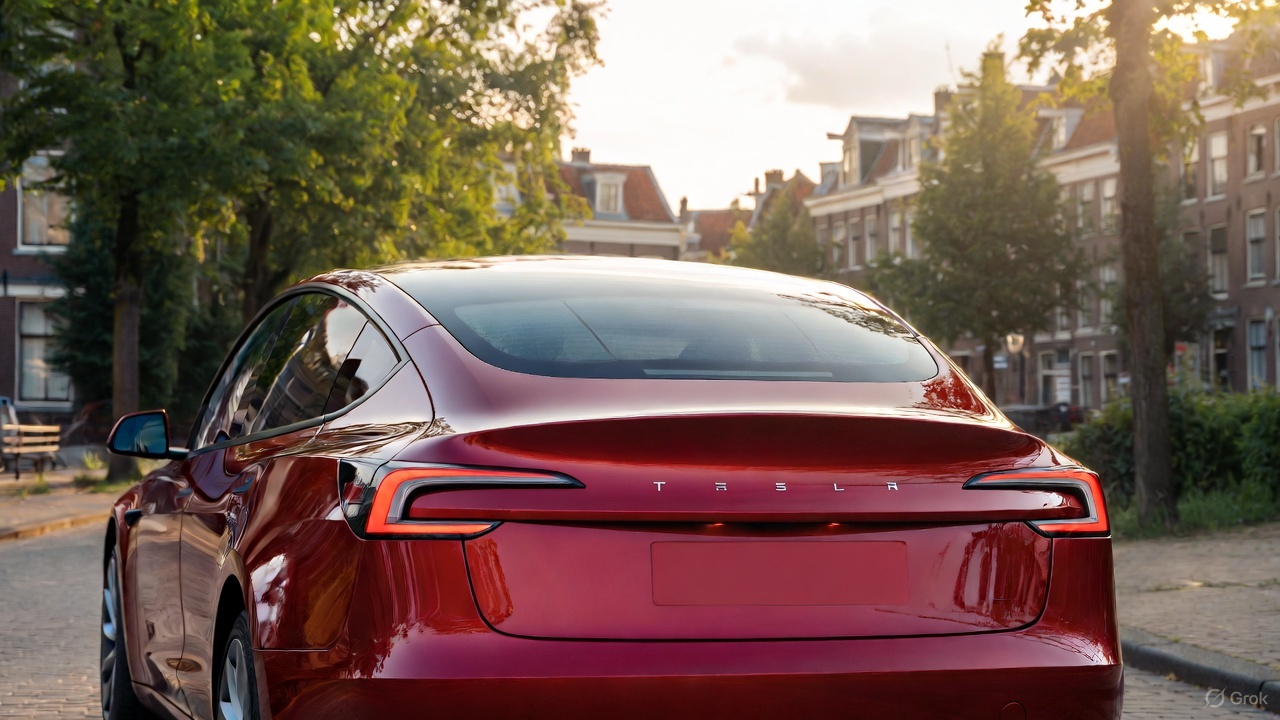
The Dutch vehicle authority RDW responded to Tesla’s recent updates about its efforts to bring Full Self-Driving (Supervised) in Europe, confirming that February 2026 remains the target month for Tesla to demonstrate regulatory compliance.
While acknowledging the tentative schedule with Tesla, the regulator emphasized that safety, not public pressure, will decide whether FSD receives authorization for use in Europe.
RDW confirms 2026 target, warns Feb 2026 timeline is not guaranteed
In its response, which was posted on its official website, the RDW clarified that it does not disclose details about ongoing manufacturer applications due to competitive sensitivity. However, the agency confirmed that both parties have agreed on a February 2026 window during which Tesla is expected to show that FSD (Supervised) can meet required safety and compliance standards. Whether Tesla can satisfy those conditions within the timeline “remains to be seen,” RDW added.
RDW also directly addressed Tesla’s social media request encouraging drivers to contact the regulator to express support. While thanking those who already reached out, RDW asked the public to stop contacting them, noting these messages burden customer-service resources and have no influence on the approval process.
“In the message on X, Tesla calls on Tesla drivers to thank the RDW and to express their enthusiasm about this planning to us by contacting us. We thank everyone who has already done so, and would like to ask everyone not to contact us about this. It takes up unnecessary time for our customer service. Moreover, this will have no influence on whether or not the planning is met,” the RDW wrote.
The RDW shares insights on EU approval requirements
The RDW further outlined how new technology enters the European market when no existing legislation directly covers it. Under EU Regulation 2018/858, a manufacturer may seek an exemption for unregulated features such as advanced driver assistance systems. The process requires a Member State, in this case the Netherlands, to submit a formal request to the European Commission on the manufacturer’s behalf.
Approval then moves to a committee vote. A majority in favor would grant EU-wide authorization, allowing the technology across all Member States. If the vote fails, the exemption is valid only within the Netherlands, and individual countries must decide whether to accept it independently.
Before any exemption request can be filed, Tesla must complete a comprehensive type-approval process with the RDW, including controlled on-road testing. Provided that FSD Supervised passes these regulatory evaluations, the exemption could be submitted for broader EU consideration.








